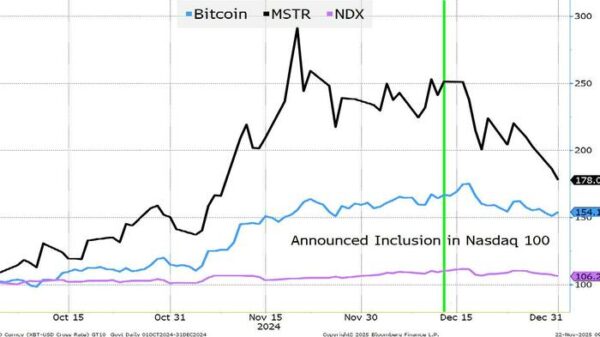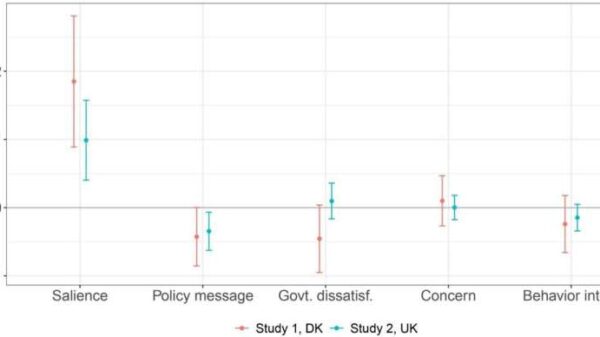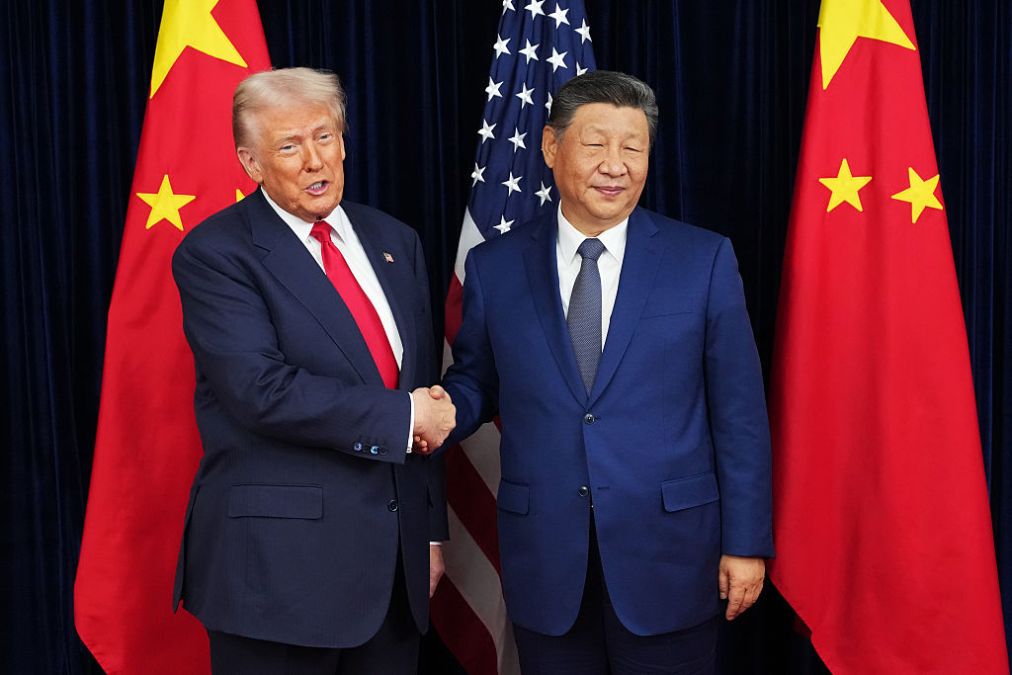UPDATE: In a groundbreaking development, U.S. President Donald Trump and Chinese President Xi Jinping have announced a significant trade deal following a pivotal meeting in Busan, South Korea. The two-hour discussion, which took place on November 10, 2023, marks a crucial turning point in U.S.-China relations, easing fears of an impending trade war.
Trump, aboard Air Force One after the meeting, proclaimed the encounter a “12 out of 10,” emphasizing the importance of the relationship between the world’s two largest economies. “We have a deal that can likely be signed pretty soon,” he stated, indicating a swift resolution to ongoing tensions.
The newly reached deal formalizes a framework agreement that addresses multiple key issues. Among the highlights, the U.S. has agreed to suspend a planned 100% tariff increase on Chinese goods and will implement a significant reduction in tariffs, bringing the rate down from 57% to 47% on most Chinese imports. This move is expected to provide immediate relief to businesses and consumers alike, positively impacting the global economy.
Key points from the meeting include:
– **Rare Earths:** China will suspend its licensing measures on rare earth exports for at least a year, a critical decision given that China controls around 70% of the global supply of these essential minerals.
– **Soybean Purchases:** China has committed to resuming purchases of American soybeans, boosting U.S. farmers who have suffered from prior trade restrictions. Earlier reports indicate that China has already made its first soybean purchase of the season before this meeting.
– **Advanced Technology:** China may gain access to advanced U.S. semiconductor chips, a contentious issue that has been a focal point of trade negotiations. Trump noted that discussions regarding these chips would involve Nvidia’s CEO with the U.S. acting as a mediator.
– **Tariff Suspensions:** The U.S. has agreed to extend the suspension of a 24% reciprocal tariff on China for another year, providing a further boost to trade relations.
Trump also highlighted that the U.S.’s 20% fentanyl-linked tariff would be halved immediately, addressing concerns over the flow of precursor chemicals into the U.S. from China. He expressed optimism that Xi would take “very strong measures” to combat this issue.
In a broader context, the meeting has implications beyond trade. Trump indicated that both leaders would collaborate on ending the ongoing war in Ukraine, asserting that they agreed to work together for a peaceful resolution. The security of Taiwan, a potentially contentious topic, was reportedly not addressed during the talks.
As the world watches closely, the implications of this deal could reshape international trade dynamics. The quick turnaround in negotiations signals a willingness from both sides to navigate their differences for mutual benefit.
In terms of next steps, officials are expected to finalize the details of the agreement soon, with both leaders planning to meet again—Trump to visit China in April and Xi to come to the U.S. later next year.
The announcement has already sparked significant interest among investors and businesses, eager to see how these changes will unfold in the coming weeks. With trade relations poised for a dramatic shift, the global economic landscape is set for a crucial transformation.
Stay tuned for further updates as this story develops.



































































